A walk through Kiruna
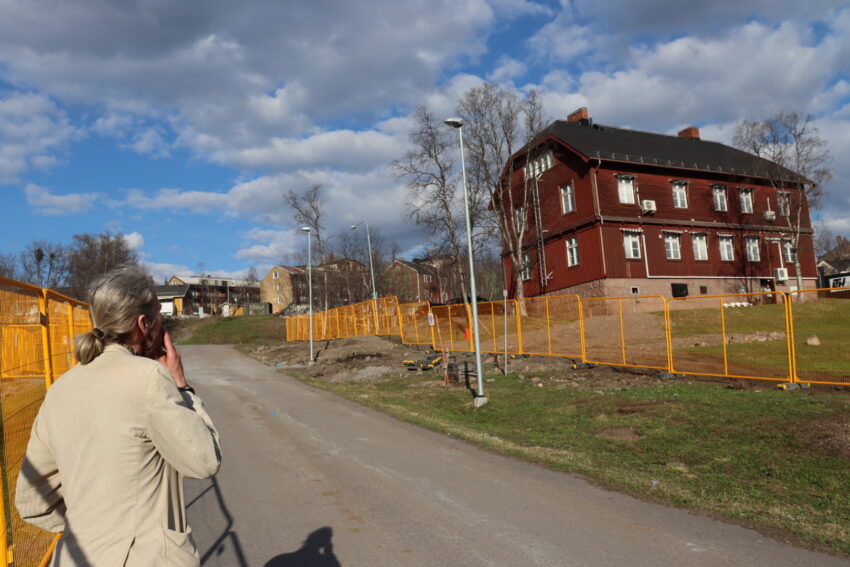
The move of the Swedish town Kiruna also includes the move of the old city center. Back in 1901, when Kiruna was built, LKAB director Hjalmar Lundbohm already put a lot of thought into how the town should be constructed. He knew that good workers need good living conditions, so he made sure the buildings are more than just functional.
“It is so characteristic. It’s an example of this perfect town that Hjalmar Lundbohm wanted to build. He was a pioneer”, knows Rasmus Norling, municipality curator and heritage expert. On a walk through the town, he shares his broad knowledge of Kiruna’s historical buildings.

One example are the town’s curvy roads. With the heavy northern winds, a classic grid structure with straight roads would have made the rough conditions unbearable for the citizens.

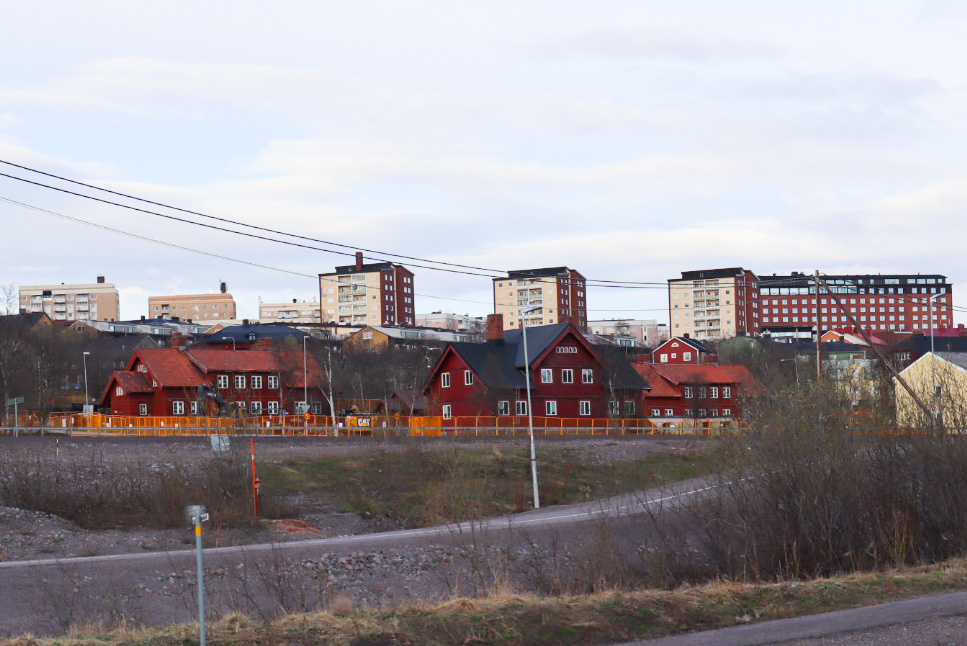
Lundbohm plan also included aesthetics. The town’s colour palette of earthy tones was inspired by the surrounding nature and the mine. The typically Swedish Falun red can also be found, particularly in the Trafikverken area. All of this was considered important enough for Kiruna to become a national interest, a heritage of highest national value – which means the Swedish state is responsible for taking care of it.

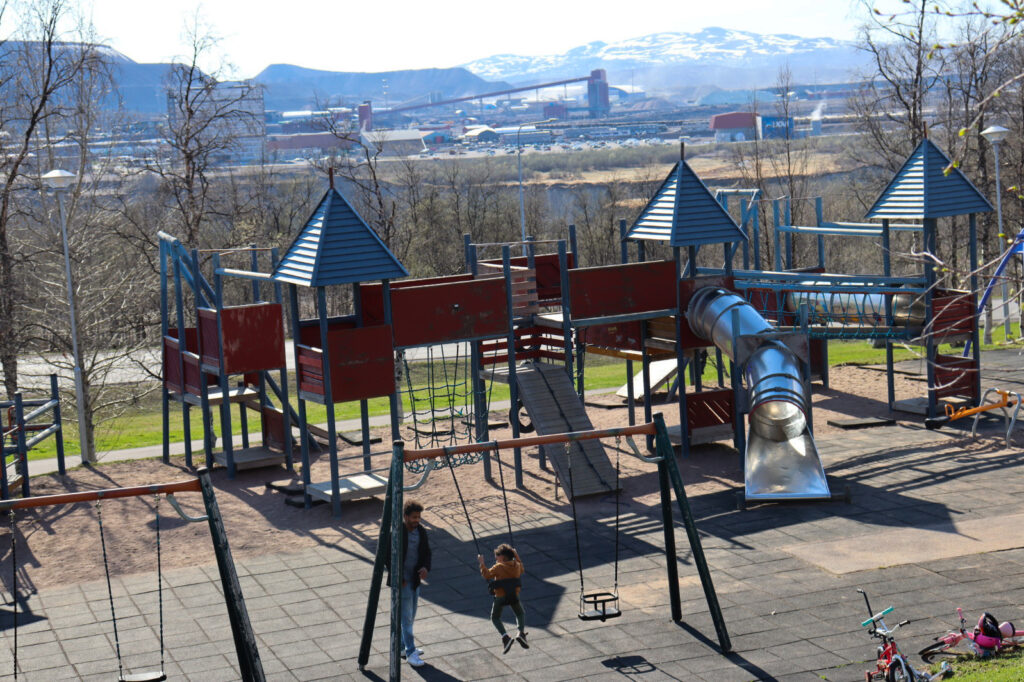
But Kiruna’s valuable minerals and therefore the mining industry of LKAB have a big value for Sweden as well. “The one one can’t be with the other”, explains Rasmus Norling – and the landscape of Kiruna confirms his statement. The mine can be seen from almost every corner of the old city center.
Because the minerals were considered most important for Sweden and closing the mine was no option, moving the town and demolishing the old center was unavoidable. “When one national interest has to take stand back against another, it has to be compensated by minimizing the damage”, explains Norling. “Partly by moving old buildings, partly by documenting the ones you aren’t able to move.”
Decision, decisions: Should it stay or should it go?
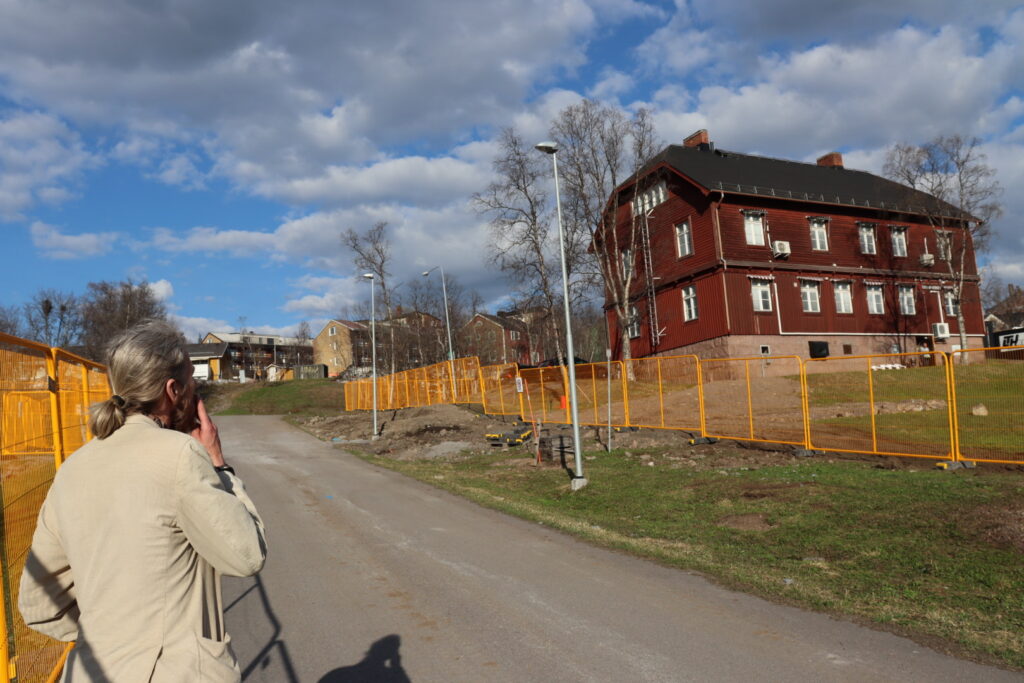
A general rule was that everything younger than 1930 will be demolished. “That’s partly because that kind of buildings will be remain in the parts unaffected parts of the town. And because there are so many in other places”, says Norling.
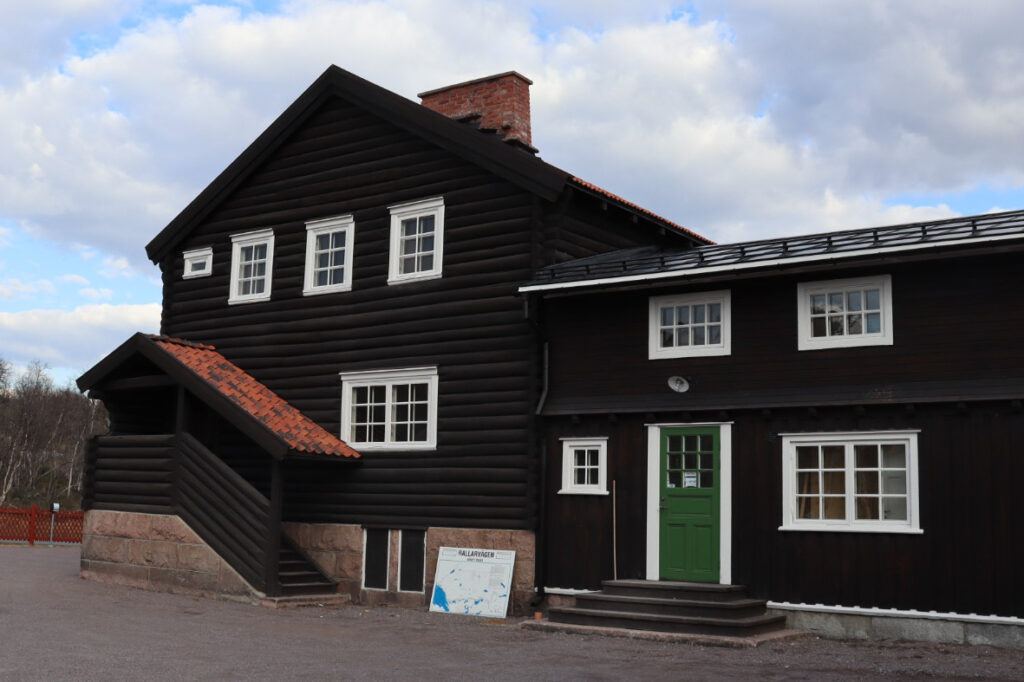
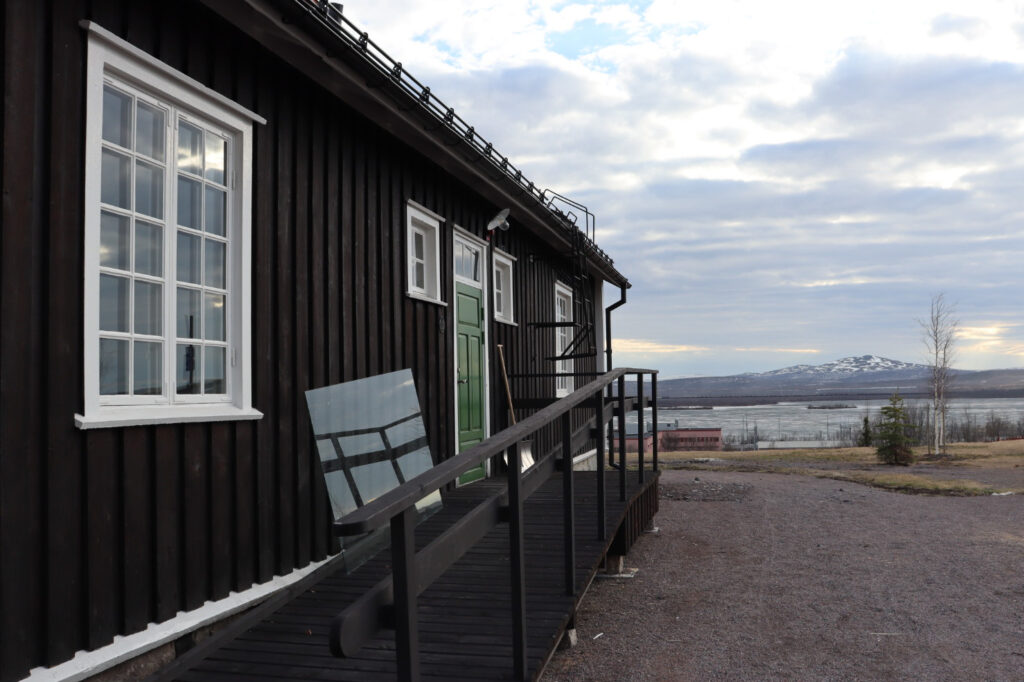
Hjalmar Lundbohms private home was one of the first buildings to be moved. The late managing director of LKAB played a big part in the founding of Kiruna. His house was built close to Kiirunavaara mountain so Lundbohm can overlook his mine. Because of its size, it had to be moved in four parts. Now, it is standing on a hill north of the old city center with an expansive view over the snowy mountains. Sonn it will be used as a museum.
Ideas to create a type of museal block in the new city were quickly given up. “We thought it would be too much Disneyland”, Rasmus remembers. Instead, they decided to move the town in clusters. What is together now will be together there.
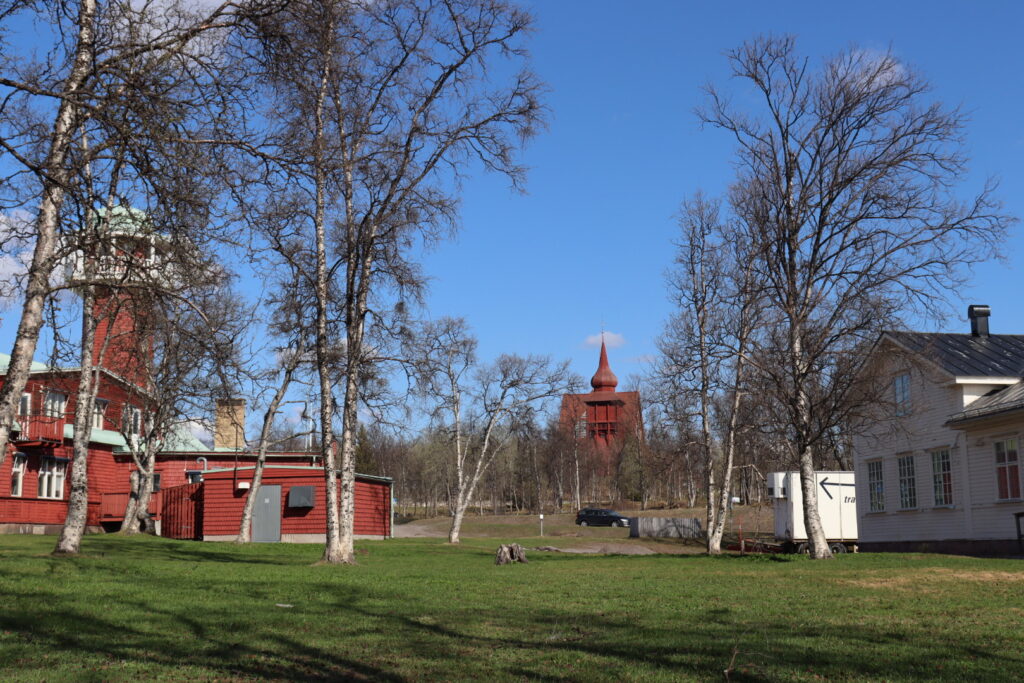
The buildings’ location is an indicator for the original social structure. The town hall and the church, as well as the fire department (red) and the hospital (white), were in one line right between the mine and the town, as they served both parties equally. Close to the church, you can find nice mansions with a big property around, as the more wealthy people tended to live close to the main institutions.
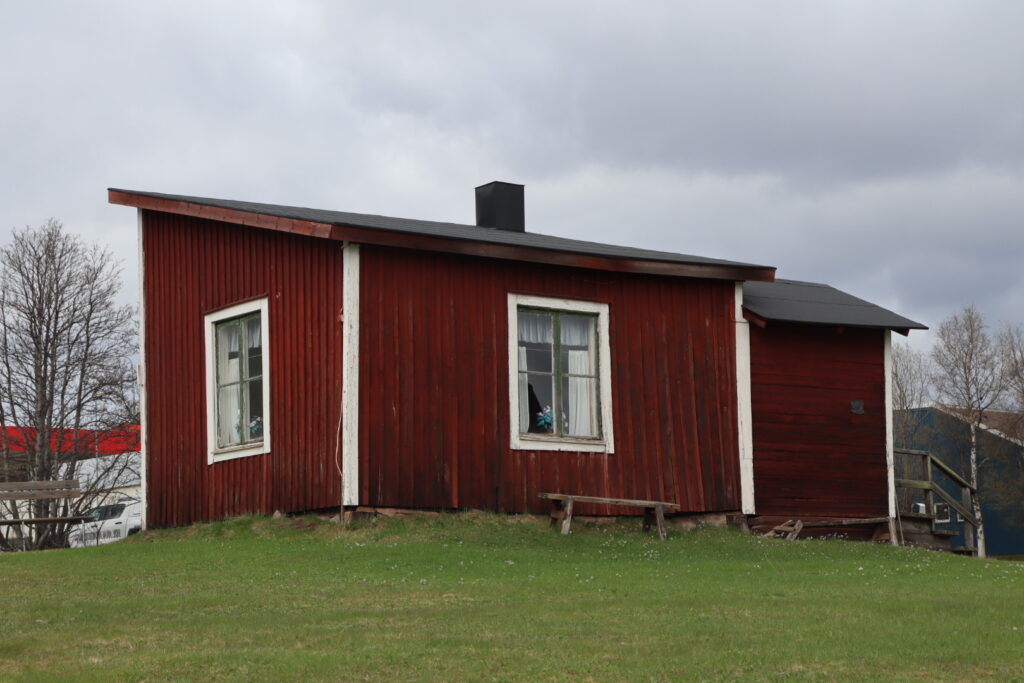
But not only the nice town houses were important. In order to represent the whole historical value, you need to save all classes of buildings. One example is a little shed, one of Kiruna’s first buildings. Rasmus emphasizes: “We tried to see not the building as a building, but the building is a part of a historical context, so we could bring as much value as possible to the new site.”

Kiruna was originally divided into three main areas: the LKAB company town close to the mine, a service and supply town which developed into the civil municipality of Kiruna and the Trafikverken railway area with these characteristic red houses. According to Rasmus, it is important to have a representation of all three towns in the New Kiruna. Soon, the current Trafikverken zone will be torn down, but some of its buildings can be relocated.
Involving the citizens
In order to build a good new town, it is important to consider the citizens of Kiruna. It is their town, and it is their memories which are disappearing with the buildings. When planning the move, Norling and his colleagues listened to the inhabitants a lot. They could for example locate important buildings on a map or via Instagram hashtags and voice their opinions on architects’ proposals.

The Empes Diner is right below the old city hotel and has served burgers and fries for decades. From an outsider’s perspective, the building doesn’t have any specific value. “We have 1000 of them in Sweden, and this one has nothing original”, explains Norling. But Empes is where the people of Kiruna meet up, where teenagers go with their friends and LKAB employees spend their lunch break. So it is no surprise it ended up being one of the buildings the citizens want to save most.
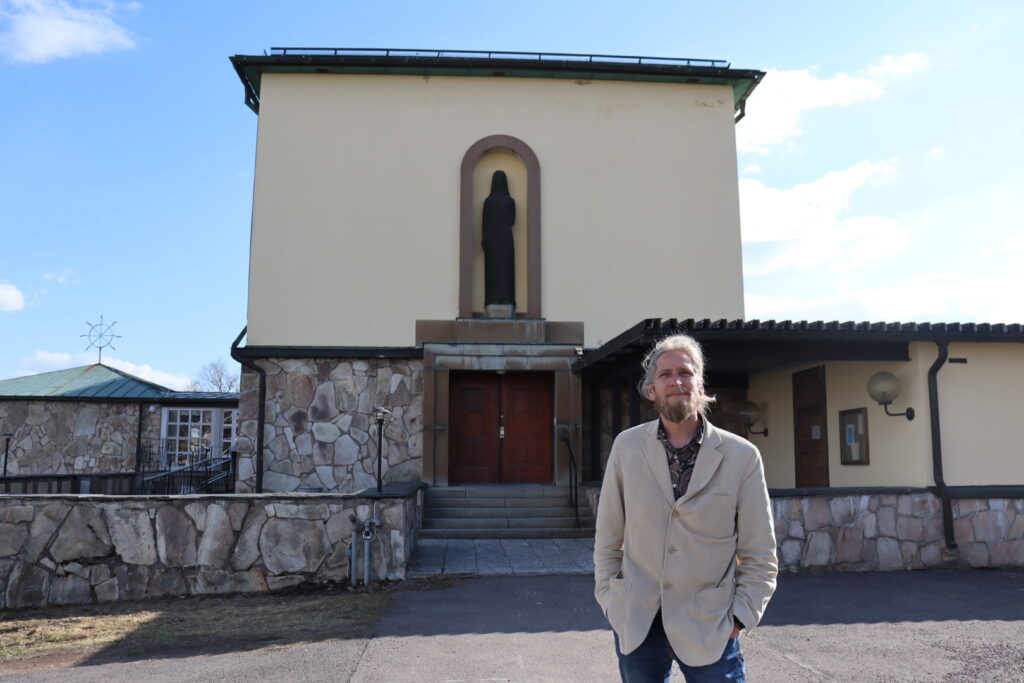
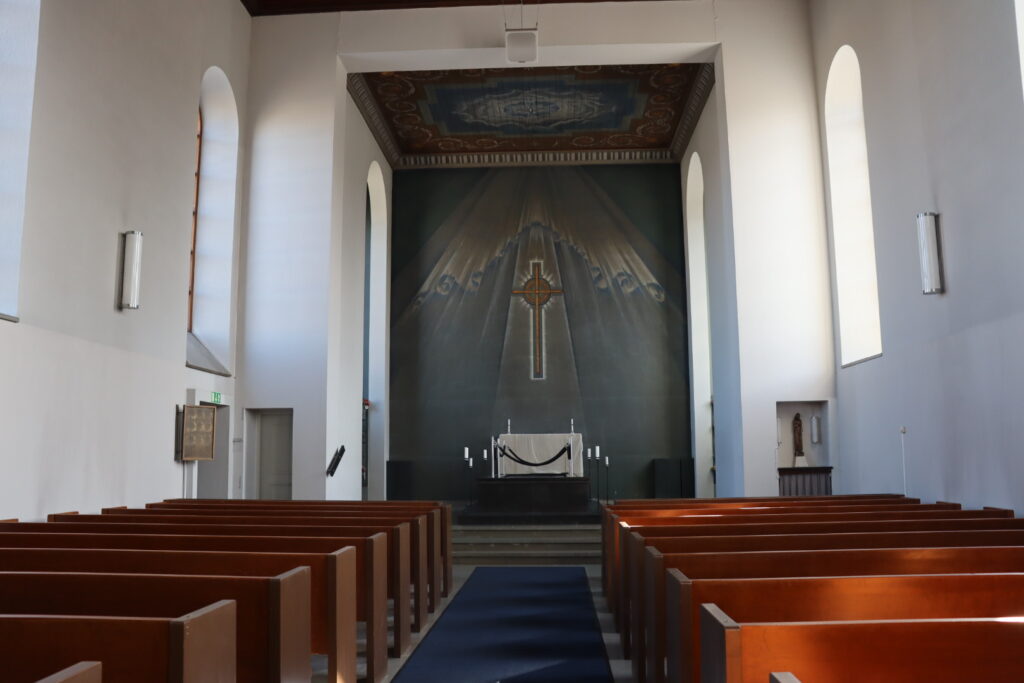
Apart from the historical and social value, it is also relevant if the building can even be moved. Mariakapellet, the crematorium right next to Kiruna’s famous red church, should be moved together with the church – but is made out of bricks. Stone buildings can not be lifted up as easily as wooden houses, as just the smallest tilt can make the structure fall apart, so Rasmus Norling will have to say goodbye to one of his favorite places in the town.

The old town hall, an integral part of the city center, unfortunately was built out of bricks as well. It was designed by architect Artur von Schmalensee and won the Kasper Salin Prize, which Rasmus Norling describes as the “nobel prize of architecture in Sweden”. The “Kirunabornas vardagsrum”, the people’s living room, has always been a place for the citizens to gather. With the new city hall, the so-called Kristallen, the municipality aims to create the same welcoming atmosphere of the building they lost.
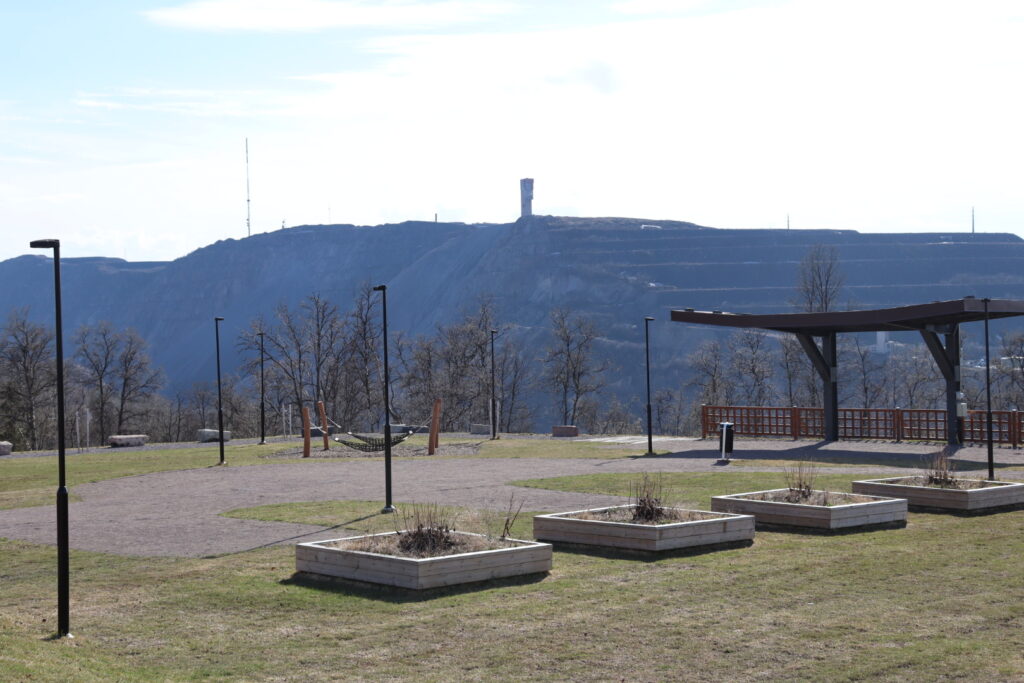

In the building’s old location overlooking the LKAB mine and the snowy mountains, the municipality created a place of remembrance. The layout is printed in the ground with gravel squares and a big sunroof reminds visitors of the old main entrance. The pillars of the old bell tower now serve as benches for visitors to rest. Rasmus Norling had the opportunity to talk to the granddaughter of Schmalensee, and he can confirm: “The building was made to be in this location. He drew it to stand here, nowhere else”.
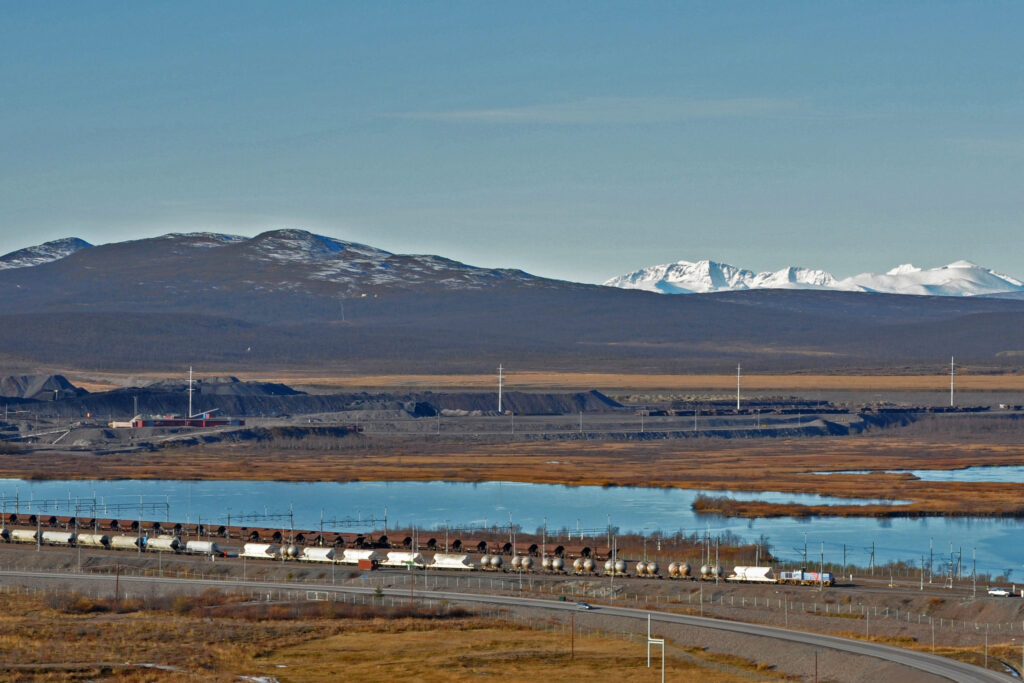
Kiruna’s characteristic view of the mine and the surrounding mountains of course can not be moved either. On a good day, the citizens can even see the snowy Kebnekaise – Sweden’s highest peak – from the town’s main square.

While some buildings can’t be saved, parts of them might be relocated. Norling hopes that the wooden ceiling of the crematorium will somehow be used again. Before the town hall was demolished, lots of details were saved and reused in the Kristallen. The door handles were designed by Sami craftsman and serve as a reminder of Kiruna’s indigenous people.
“Buildings are the hard drive of the memory”, knows Norling. “You connect the memory of the places to buildings, and when they disappear, slowly, the memory disappears as well.” To transport some of the memories to the new town, materials are reused as well – for example the bricks of the old swimming hall. Norling is sure: “If we use it in the new building, you’re immediately gonna recognize that it’s the old bricks”.

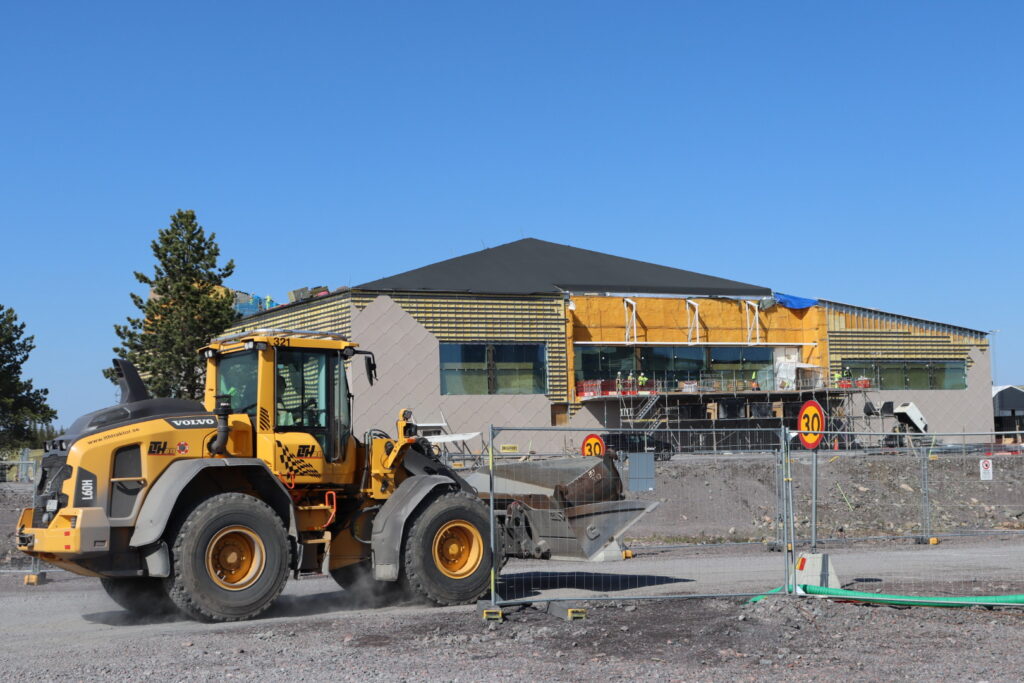
Unfortunately, reusing the old material sometimes isn’t as easy. Bureaucracy and quality requirements often stand in the way of using historical windows or doors for new construction projects. Logistics are another problem: The materials would have to be stored, eventually be refurbished and made available for the new building at the right time. Handling this simultaneously with the actual move would lead to even more organizational efforts.
Protected forever, but demolished soon
Demolishing or moving historically valuable buildings comes with legal challenges. The city hall was considered to have national value of the highest class, which means it normally is protected by law for all time. The building can neither be move nor demolished – ever. “It’s really, really unusual that you take away the protection”, explains Norling. “There has to be a special reason – normally, it’s that there has been a fire.” The special circumstances of the move make it possible to take away the protection, but only after an extensive process to get permission from the national county board of the Norbotten region.
Furthermore, it is not possible to keep the protection on only parts of the buildings – it’s all or nothing. Even when Norling and his colleagues are able to save the interior or certain materials, the national heritage protection will be gone.

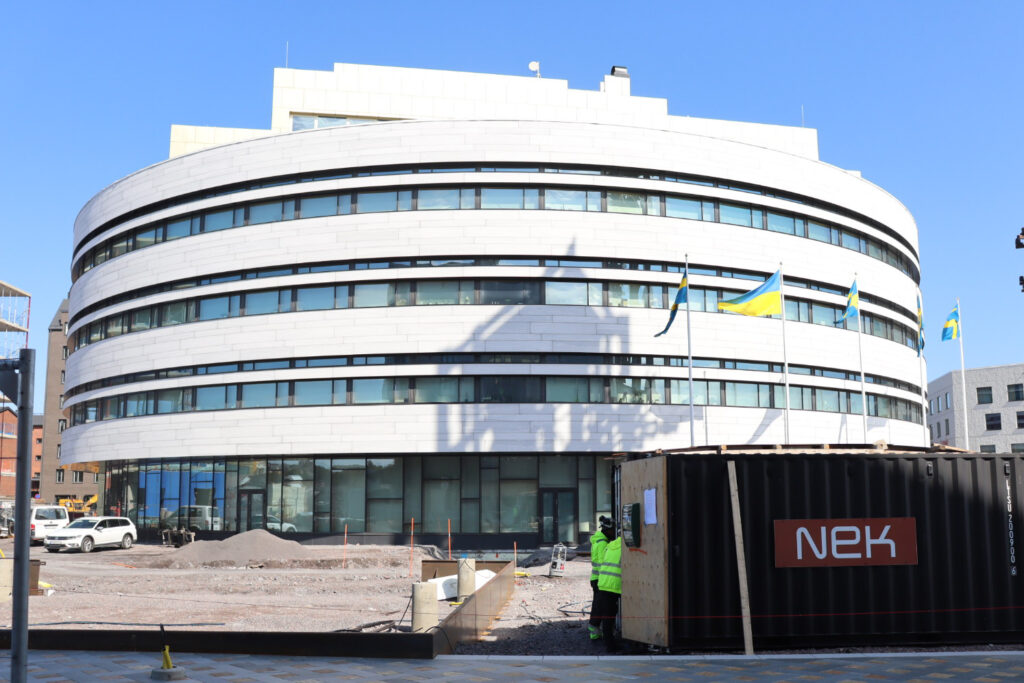
The Kiruna moving project includes a lot of external working forces as well. Construction and demolition companies like LTHAB or NEK are officially hired by LKAB. A specialist firm called PEAB is in charge of moving the historical buildings. In all of Europe, only a hand full of companies have the competence to realize a project like this.
One of the most important moves will be the church of Kiruna in 2025. Just like city hall, it is highly protected by Swedish law and holds a strong historical value for the town. LKAB’s Hjalmar Lundbohm commissioned architect Gustav Wickman to design a church that resembles a “samiska timmerkåtor”, a wooden hut by the indigenous Sami. Similar to city hall, the church is supposed to be a place for gathering, a place where everyone is welcome – Lundbohm didn’t want to display ay religious symbols here. The people of Kiruna cherish the church’s uniqueness and simplicity, and some even consider it to be the most beautiful church in the world.
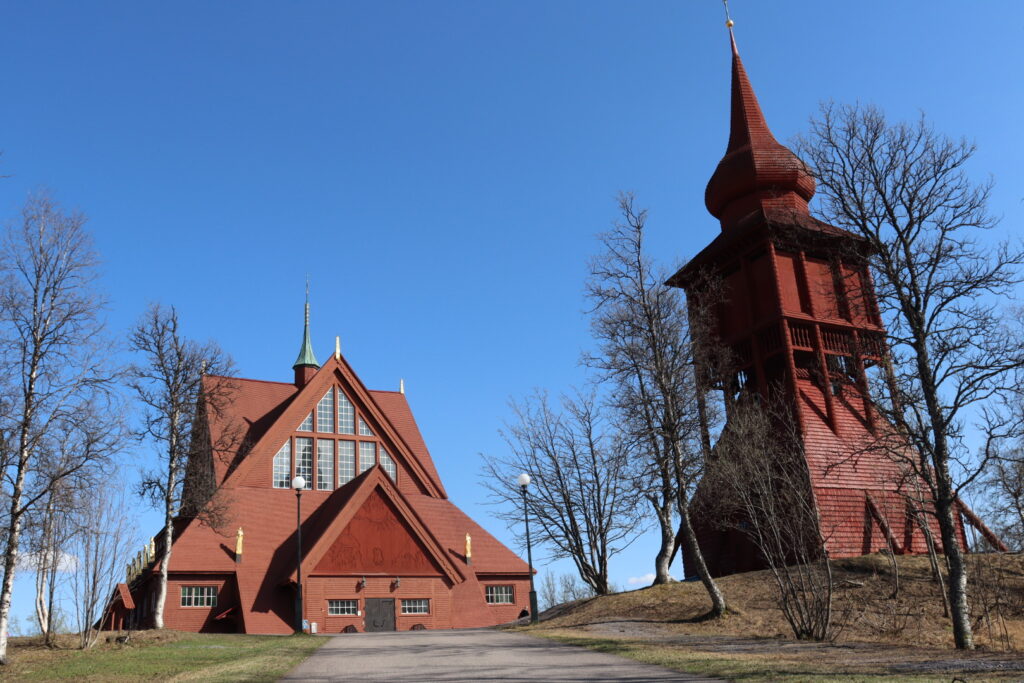
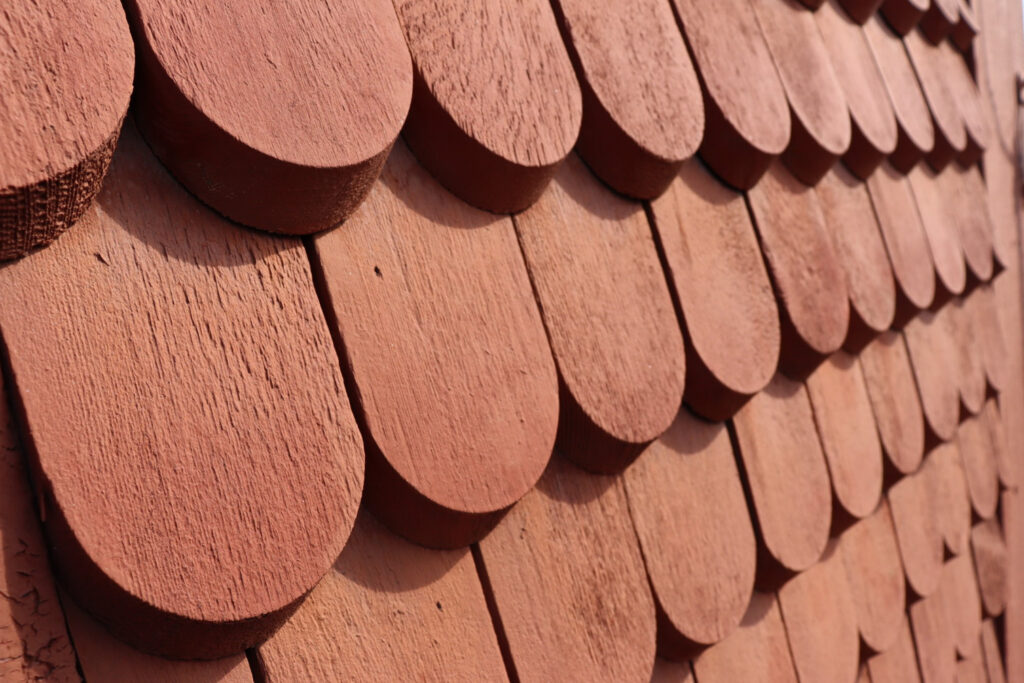
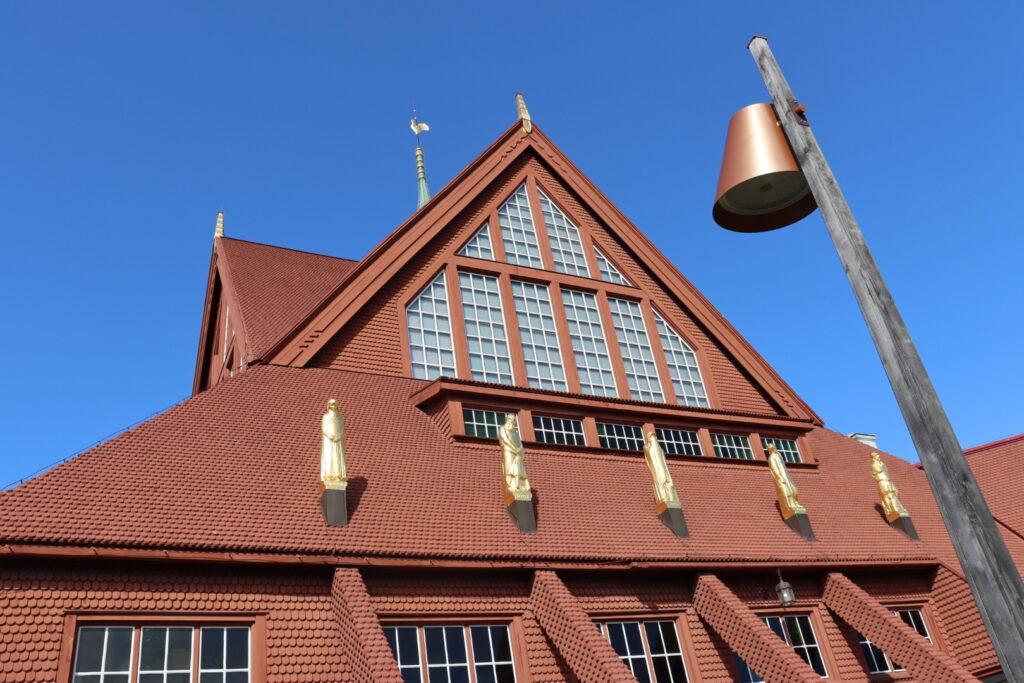

Luckily, the red wood building and its tower can be moved to a new location next to the new city center. “The best for the buildings, the easiest and most often the cheapest is to move them in one part”, knows Norling. The church most probably won’t be lifted up and put on a truck. Instead, it is much better to dig under the basement, slide a trailer in and slowly roll it away.
While old buildings like the church carry a lot of historical value, it is not always practical to keep everything the way it was. A decrease in safety, outdated heating insulation and other aspects make it necessary to replace the old with the new. Finding the balance between the characteristic mining town and new ideas, that is the challenge Kiruna will have to master in the next few years.

In order to move a building, you need a permission to demolish it in the old site – and with that take away the national heritage protection. These houses, that originally stood next to Hjalmar Lundbohms house right next to the mine, are no exception. Unfortunately, they can not be put into the official city plan until they are in their new location. As the plans are only made every 10 years, the historical landmarks remain unprotected after the move. “Even when the buildings are in the new site, we are not able to protect them for 10 years”, Norling makes clear. “During that time, we just have to hope for the good, that nothing happens to them.”
Another problem the planning team came across is the big difference in size. As Kiruna was created in the middle of Swedish Lapland, there was enough space available to spread out the town. The new city center is significantly smaller, and the architects try to use this issue to create a closer community space for the citizens.
Will the new Kiruna feel like the old Kiruna?
“It’s not gonna be like the old Kiruna. But I am convinced that it’s going to be a good town”, Norling is sure. Through the move of heritage buildings in historical clusters and an architectural style that’s inspired by the old town, the people of Kiruna might discover some familiar spots. “You’re gonna recognize it, but it’s not gonna be the same”, Norling sums it up.

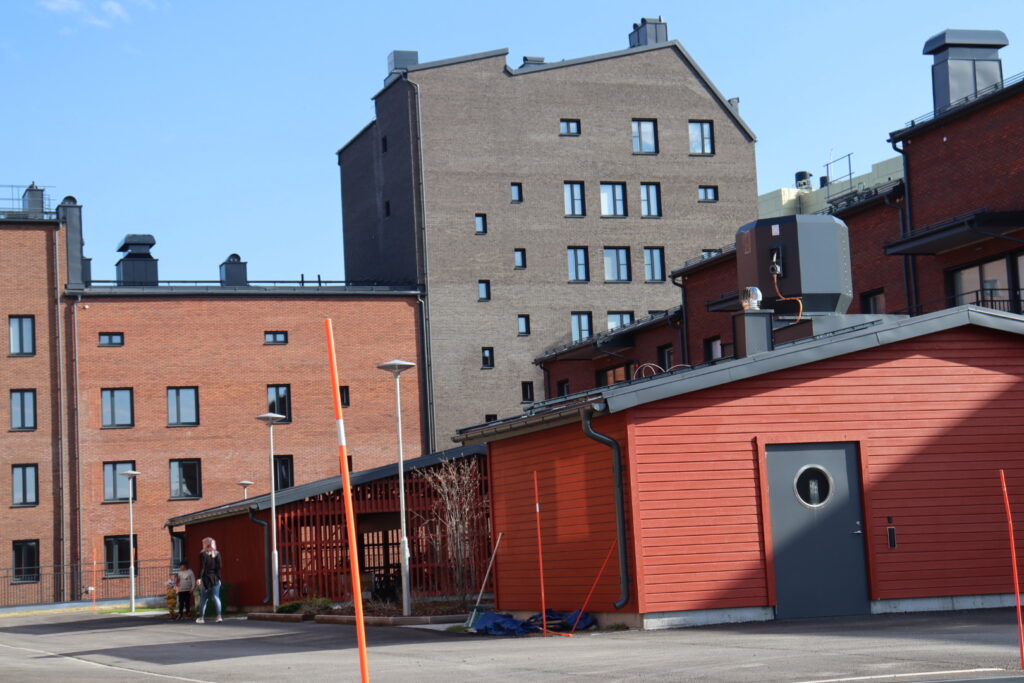
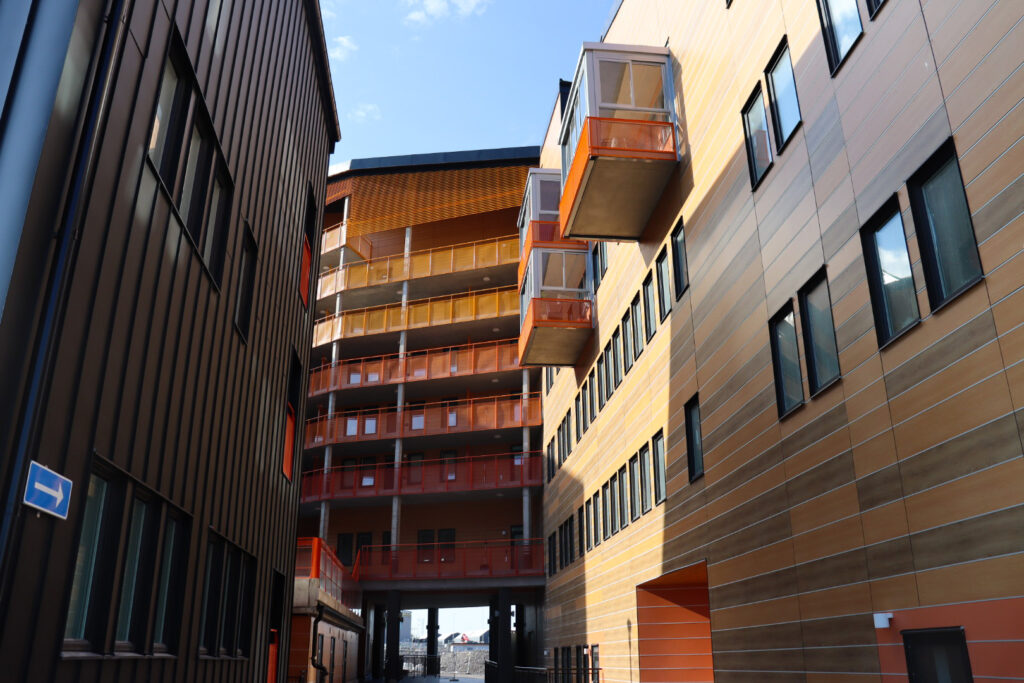
Bringing socially valuable landmarks like the city hall clock tower to the new city is one perfect example for this. The unique structure is easy to recognize and brings a feeling of history to the modern development area.

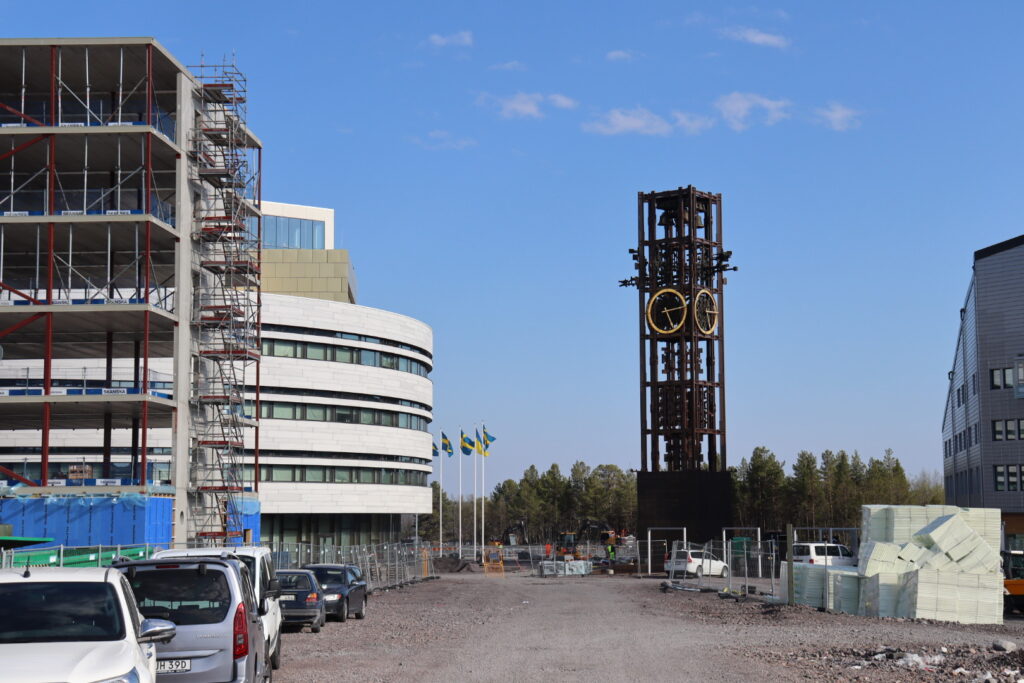
The move of Kiruna is no doubt a special project. With rising sea levels and other circumstances that force human settlements to change locations, the thought processes behind the 30-year-long move of the arctic town might serve as a role model for other municipalities all around the world. Because one thing is clear: A city is defined by way more than just its buildings.
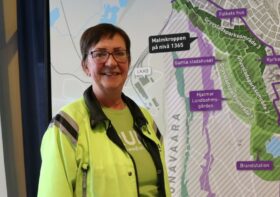

Leave a Reply